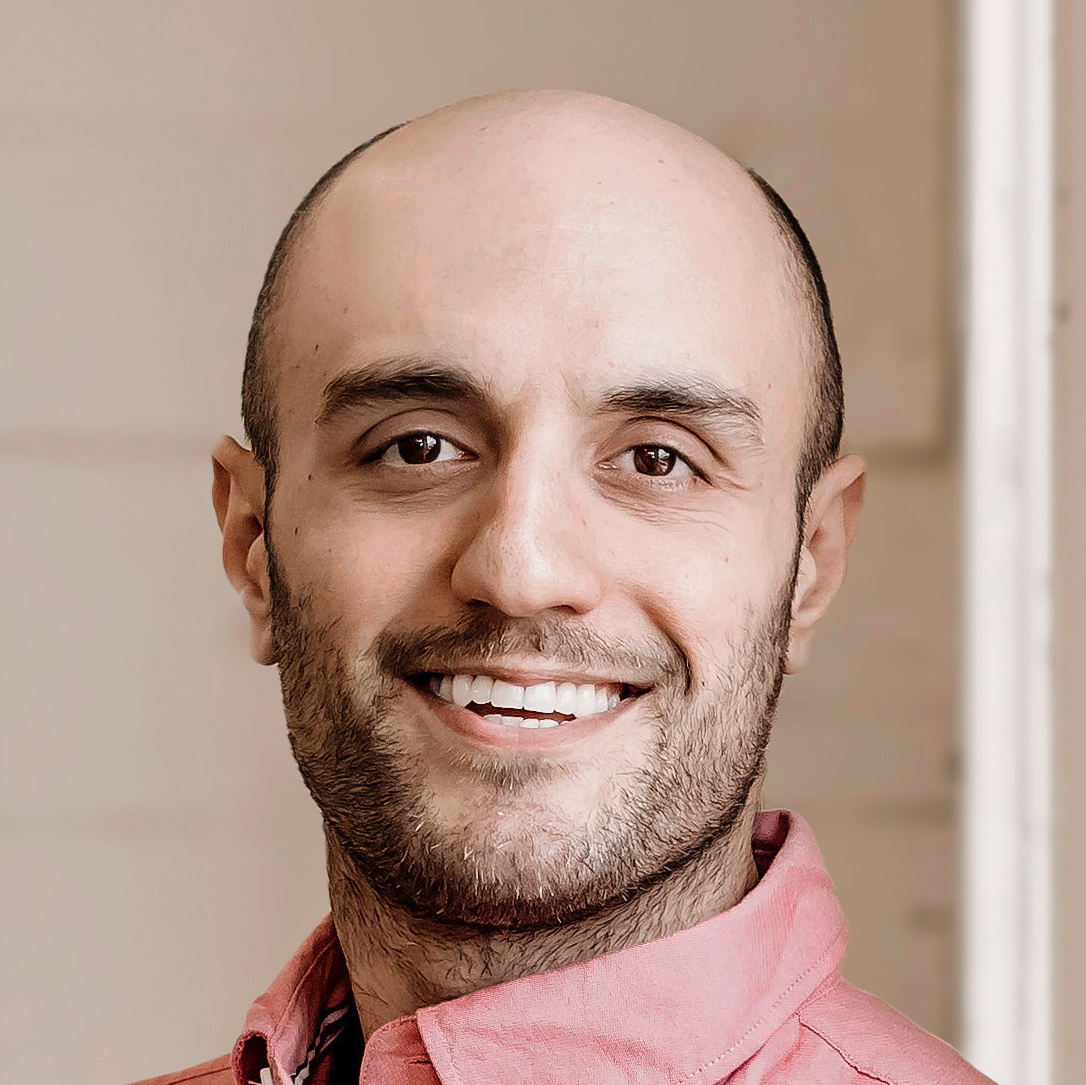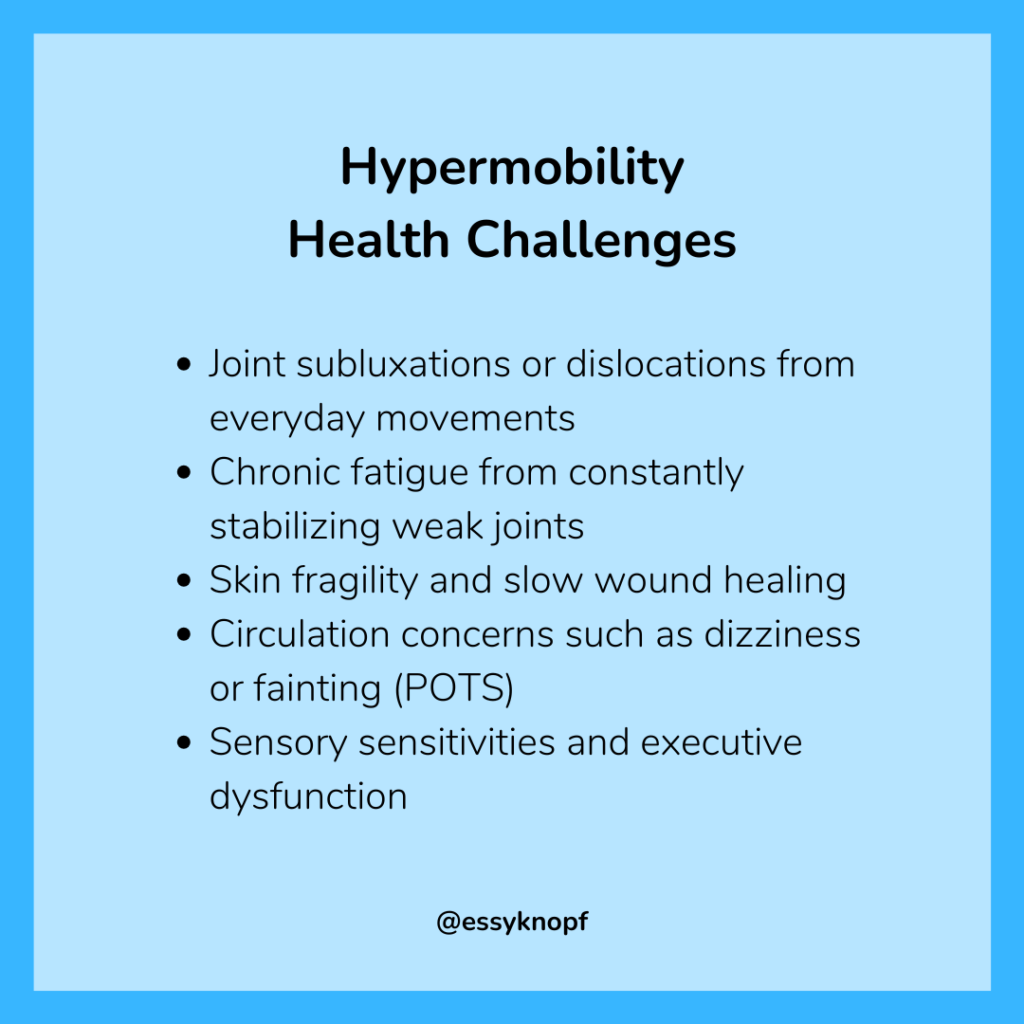Why sleep is a challenge for neurodivergents
If you’ve ever found yourself staring at the ceiling long after bedtime, mind racing with thoughts, or tossing and turning from discomfort, you’re not alone. Sleep can be elusive for many neurodivergents (NDs), particularly those with autism, ADHD, or hypermobile spectrum disorders. Despite exhaustion, falling and staying asleep can feel impossible.
The reasons for these struggles vary. A heightened sensory system might make every little sound or flicker of light feel intrusive. A restless mind, common in ADHD, can keep a person awake with an endless stream of thoughts. And for those with hypermobility conditions like Ehlers-Danlos syndrome, physical discomfort can make finding a comfortable sleeping position a nightly challenge.
Why Sleep Matters More Than We Realize
We all know sleep is important, but for NDs, poor sleep can amplify existing challenges. Lack of rest can increase anxiety, make emotional regulation harder, and reduce focus and executive functioning. If you already experience sensory sensitivities, sleep deprivation can heighten them, making the world feel even more overwhelming.
And for those with hypermobility, exhaustion only compounds chronic pain and fatigue, making day-to-day activities feel even more draining. In short, getting enough quality sleep isn’t just about feeling rested—it’s crucial for mental and physical well-being.
Why Standard Sleep Advice Often Falls Short
Many people struggling with sleep are given the same advice: avoid screens before bed, maintain a consistent bedtime, or drink chamomile tea. While these tips may help to some extent, they often don’t address the deeper issues that NDs face.
Instead of relying solely on traditional sleep hygiene practices, it’s important to explore solutions tailored to the specific needs of NDs.
Rather than forcing yourself into a rigid sleep routine that doesn’t align with your brain or body, consider experimenting with approaches that accommodate your unique needs.
Creating a Sensory-Friendly Environment
For those sensitive to stimuli, reducing sensory overload before bed is key. Try using a weighted blanket for deep-pressure comfort, adjusting room temperature to avoid discomfort, or incorporating white noise machines to drown out background distractions. Even small changes—like switching to softer bedding or blackout curtains—can make a big difference.
Easing a Restless Mind
If your brain refuses to slow down at bedtime, structured relaxation techniques might help. Journaling before bed can provide an outlet for racing thoughts, while guided meditation or breathing exercises can shift your focus from mental chatter to physical calm. Reducing stimulating activities, like intense conversations or fast-paced video games, in the hour leading up to bedtime can also help ease the transition to sleep.
Finding the Right Sleep Position
For those with hypermobility, joint pain and discomfort can make it difficult to find a comfortable sleeping position. Experimenting with different mattress types, pillows for joint support, or even compression garments might help reduce nighttime pain and improve sleep quality.
Working with Your Natural Rhythms
NDs often have unique circadian rhythms, which means forcing an early bedtime may not be realistic. Instead of fighting your body’s natural patterns, consider gradually shifting your bedtime in small increments or allowing for flexibility in your sleep schedule when possible.

Seeking Professional Guidance
If sleep struggles persist despite your best efforts, seeking support from professionals familiar with neurodivergence may be beneficial. A sleep specialist, occupational therapist, or doctor knowledgeable about autism, ADHD, and hypermobility can provide more personalized interventions. In some cases, options like melatonin, cognitive-behavioral therapy for insomnia (CBT-I), or physical therapy for pain management may be helpful.
Sleep Isn’t One-Size-Fits-All
Ultimately, there’s no single magic fix for sleep struggles, but understanding your unique challenges is the first step toward finding solutions that work for you. By making small, tailored adjustments—whether through sensory modifications, relaxation techniques, or flexible sleep schedules—you can begin to improve your sleep quality and, in turn, your overall well-being.
Have you found any strategies that help you sleep better? Share your experiences in the comments!

Essy Knopf is a therapist who likes to explore what it means to be neurodivergent and queer. Subscribe to get all new posts sent directly to your inbox.




